Combating Zebra Mussels in Lake Waco
Wednesday, May 13th, 2015This is Passport to Texas
Before zebra mussels appeared in Lake Waco, Texas Parks and Wildlife, the City of Waco and the Army Corps of Engineers worked on ways to prevent an infestation, which involved close monitoring of arriving vessels.
06–They city hired summer interns to conduct boater education and boater surveys and inspections, in an effort to try and prevent the introduction [of zebra mussels] to Lake Waco.
Brian Van Zee, Texas Parks and Wildlife Inland Fisheries Regional Director, says despite their best efforts, in the summer of 2014, a vessel previously in zebra mussel infested Lake Belton evaded their scrutiny and launched in Lake Waco. In September, City of Waco employees found zebra mussels near the boat ramp. And everyone mobilized.
27– [We thought] if we can act quickly, before the water temperature begins cooling down in the fall again, we might be able to get on top of these things. And, we had heard and seen studies where they had used these big, heavy, thick pond liners and covered an area; and you can suffocate them [zebra mussels]. So, we knew that we could get approval from the Corps of Engineers to install those and get that done pretty quickly, So, the City of Waco ordered up the tarps, they hired commercial divers, set the plan, and last fall we put ’em all in place.
Brian Van Zee shares the results of their efforts tomorrow.
The Wildlife and Sport Fish Restoration program supports our series. Get more information about zebra mussels at texasinvasives.org.
For Texas Parks and Wildlife…I’m Cecilia Nasti.
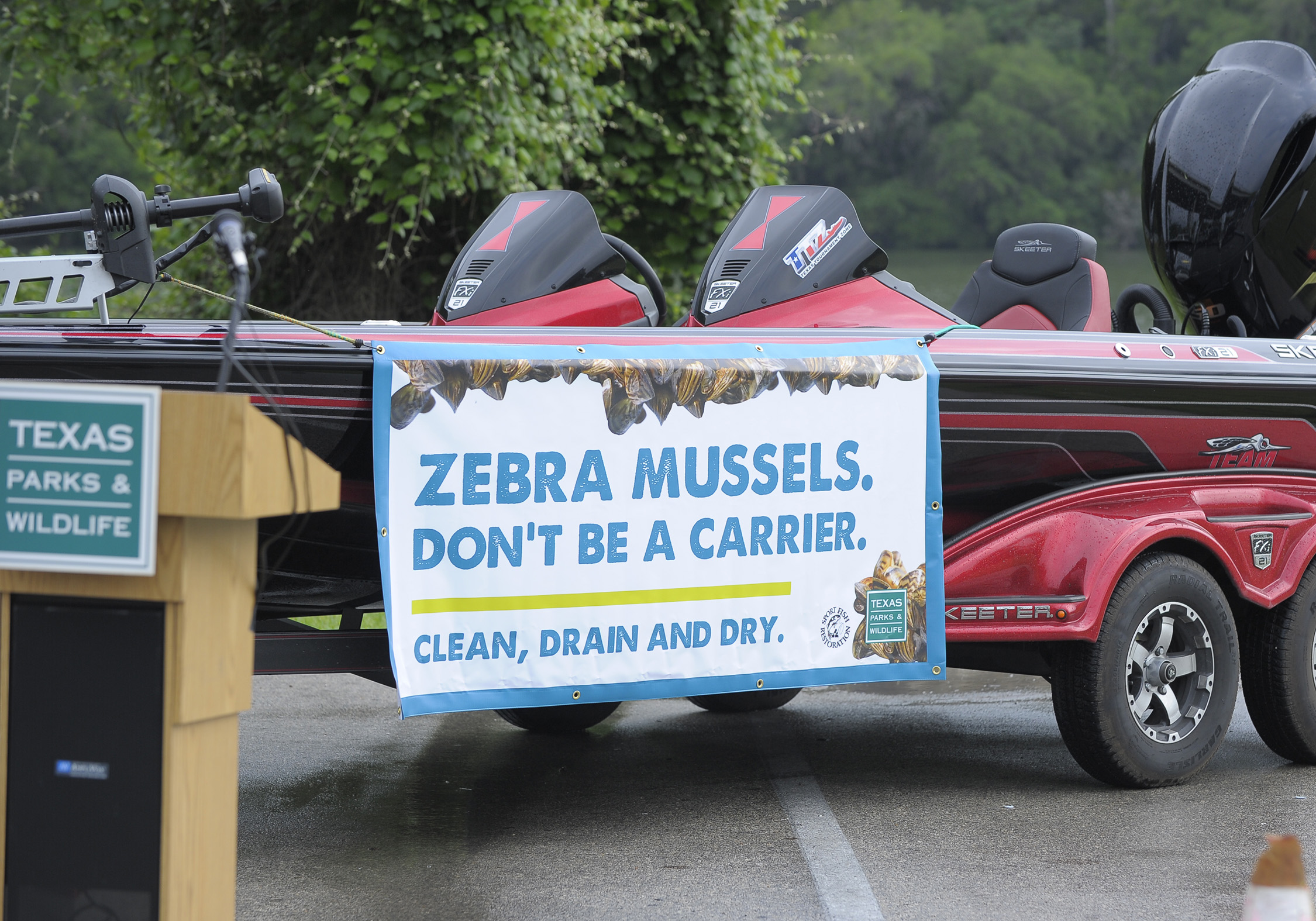

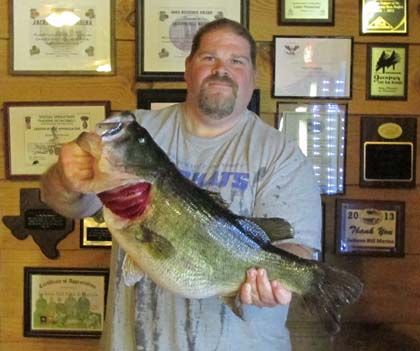
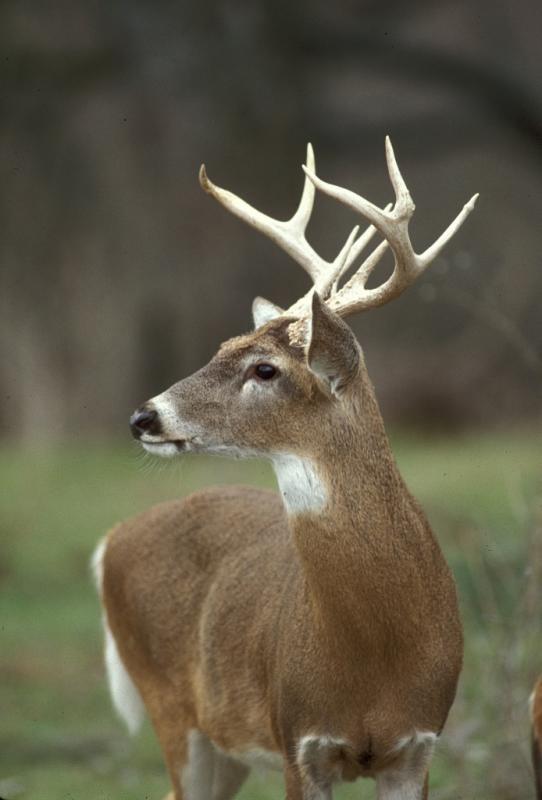
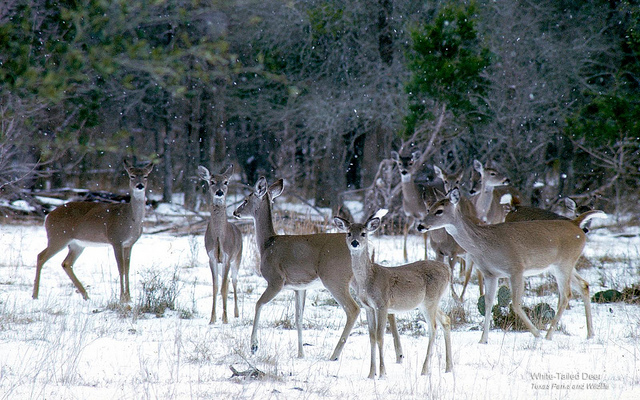
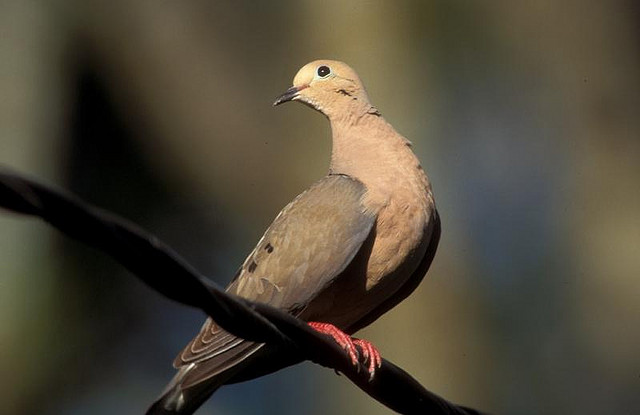

 Passport to Texas is a
Passport to Texas is a  Passport to Texas is made available by:
Passport to Texas is made available by: